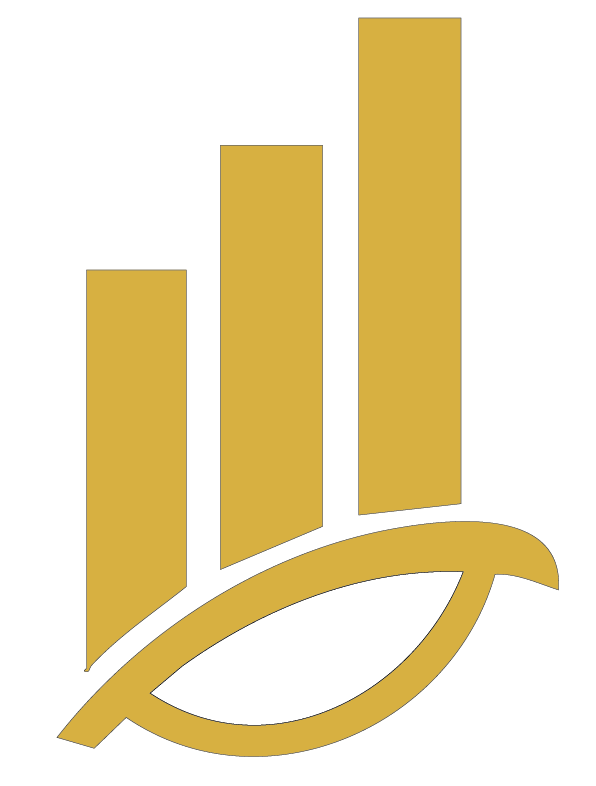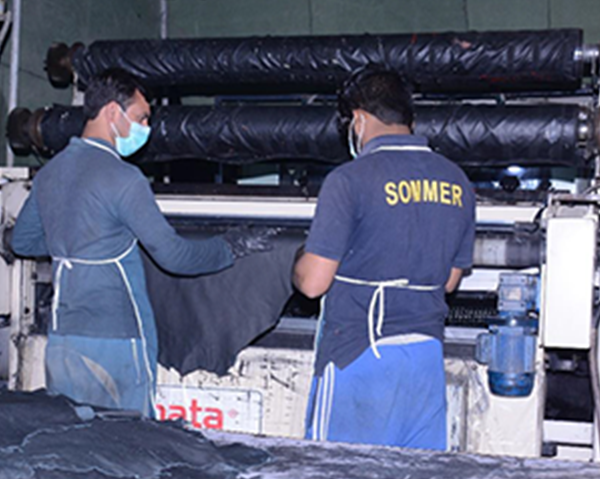Roller Coating is one of the precise and efficient finishing methods in Iran’s leather industry, where chemicals are applied to the leather surface using specialized rollers instead of spray guns. Due to its ability to precisely control the thickness of the coating layer and minimize material waste, this method is especially useful for consistent and stable production.
In this process, the leather passes through a machine equipped with one or more calibrated rotating rollers. These rollers spread a uniform layer of finishing materials—such as pigments, binders, or protective coatings—over the leather surface. The amount of material applied is typically adjusted between 53.8 and 161.5 g/m², depending on the type of leather and the desired finish. The result is a controlled and homogeneous coating that enhances the surface resistance, color, and texture of the leather.
Unlike spray methods, which may result in overspray and material loss, roller coating minimizes waste and allows better control of coating depth. This feature makes the method particularly suitable for applying heavier coatings—such as concentrated colors or durable protective layers—especially in automotive leathers, furniture upholstery, and long-lasting accessories.
Additionally, roller coating produces a smoother and more uniform surface, improving both the visual and tactile quality of the leather. This method enables leather manufacturers to meet stringent aesthetic and technical requirements while also adopting a more eco-friendly approach by reducing chemical consumption and controlling emissions.
Key characteristics of roller coating in Iran’s leather industry:
- Uniform application of finishing materials using calibrated rollers
- Adjustable coating weight between 53.8 and 161.5 g/m² in a single pass
- Reduced overspray and minimized chemical waste
- Suitable for heavy coatings and durable finishes
- Improved durability, aesthetics, and performance with an environmentally conscious approach


No comments yet.